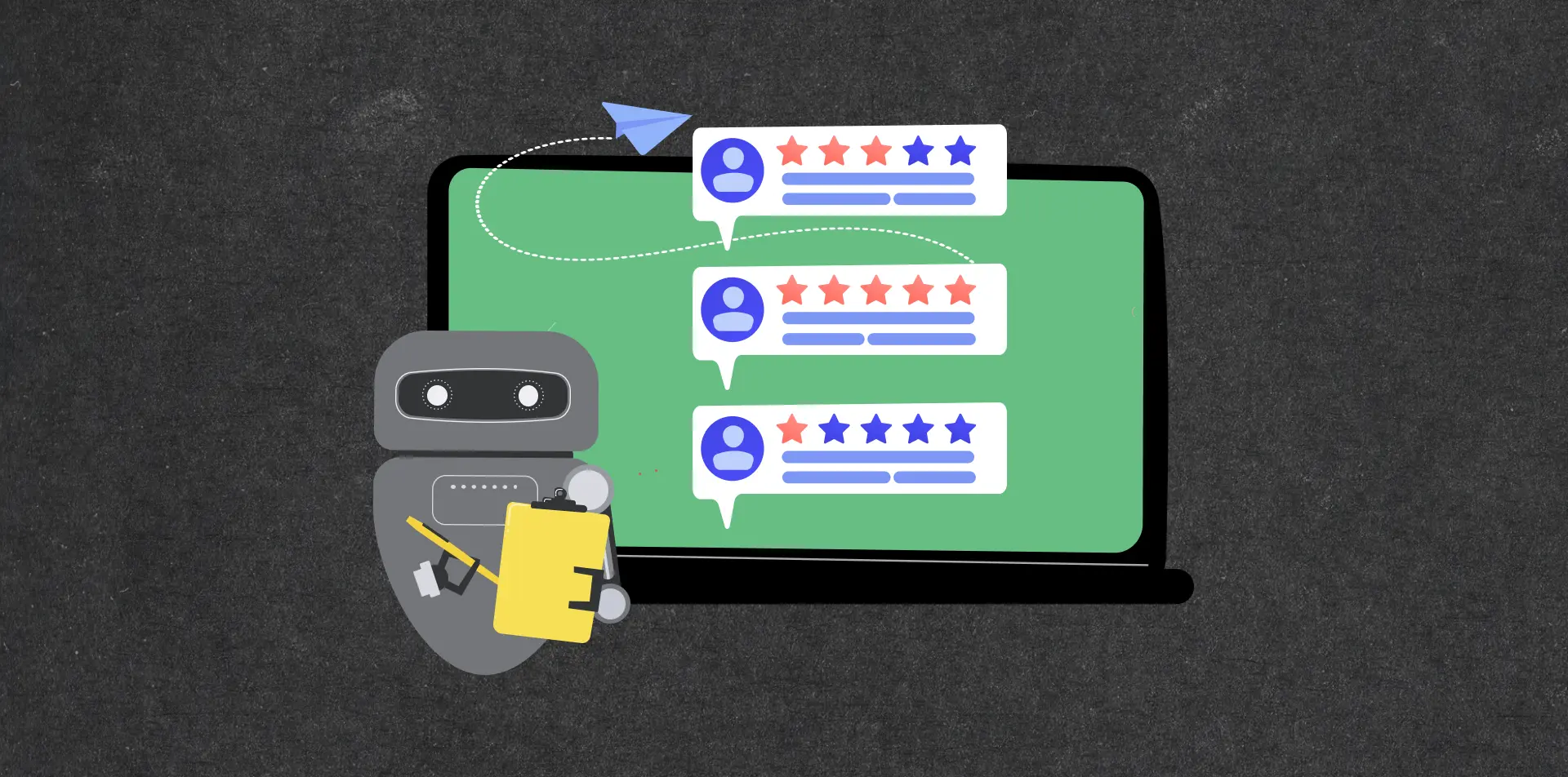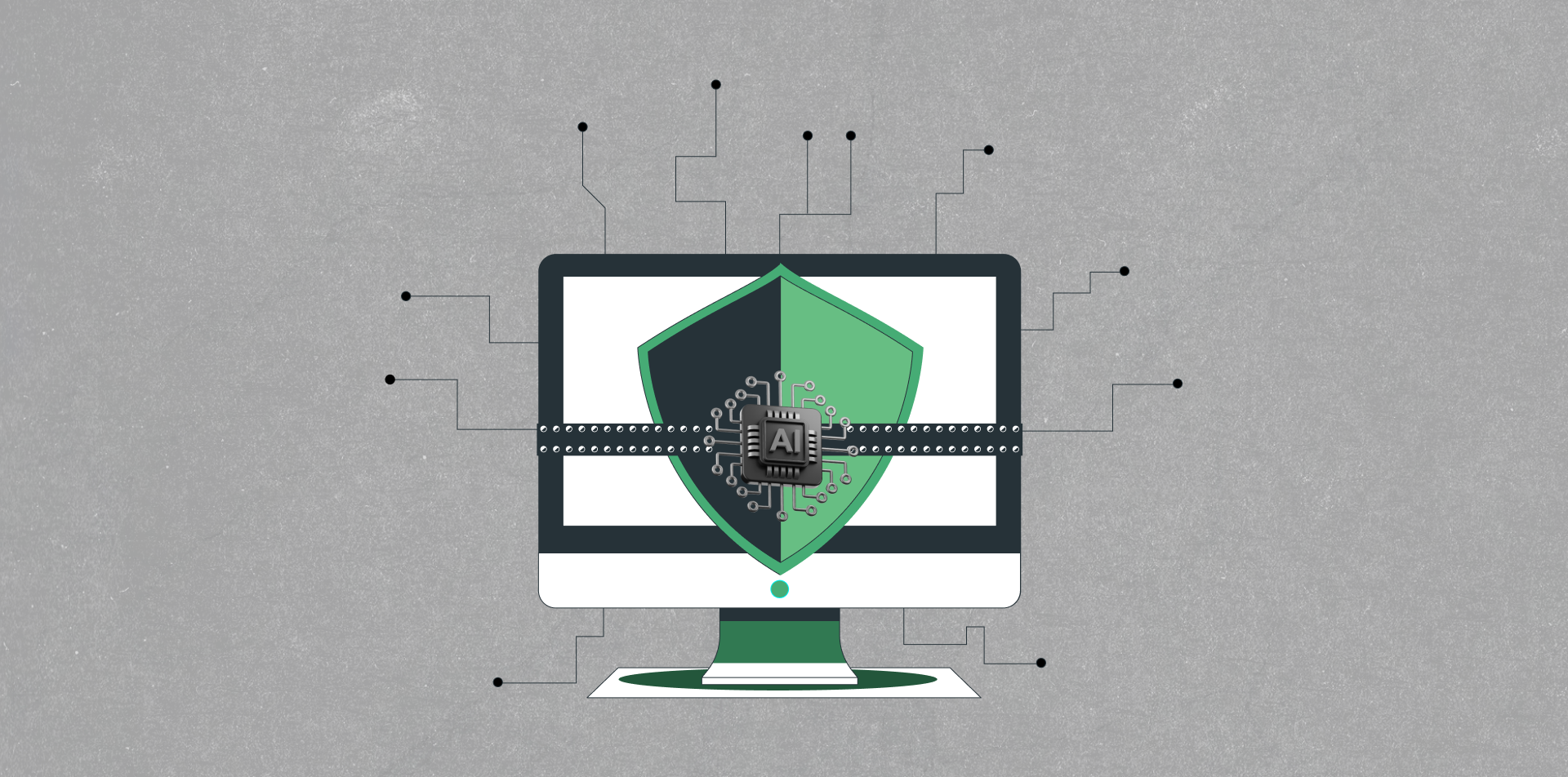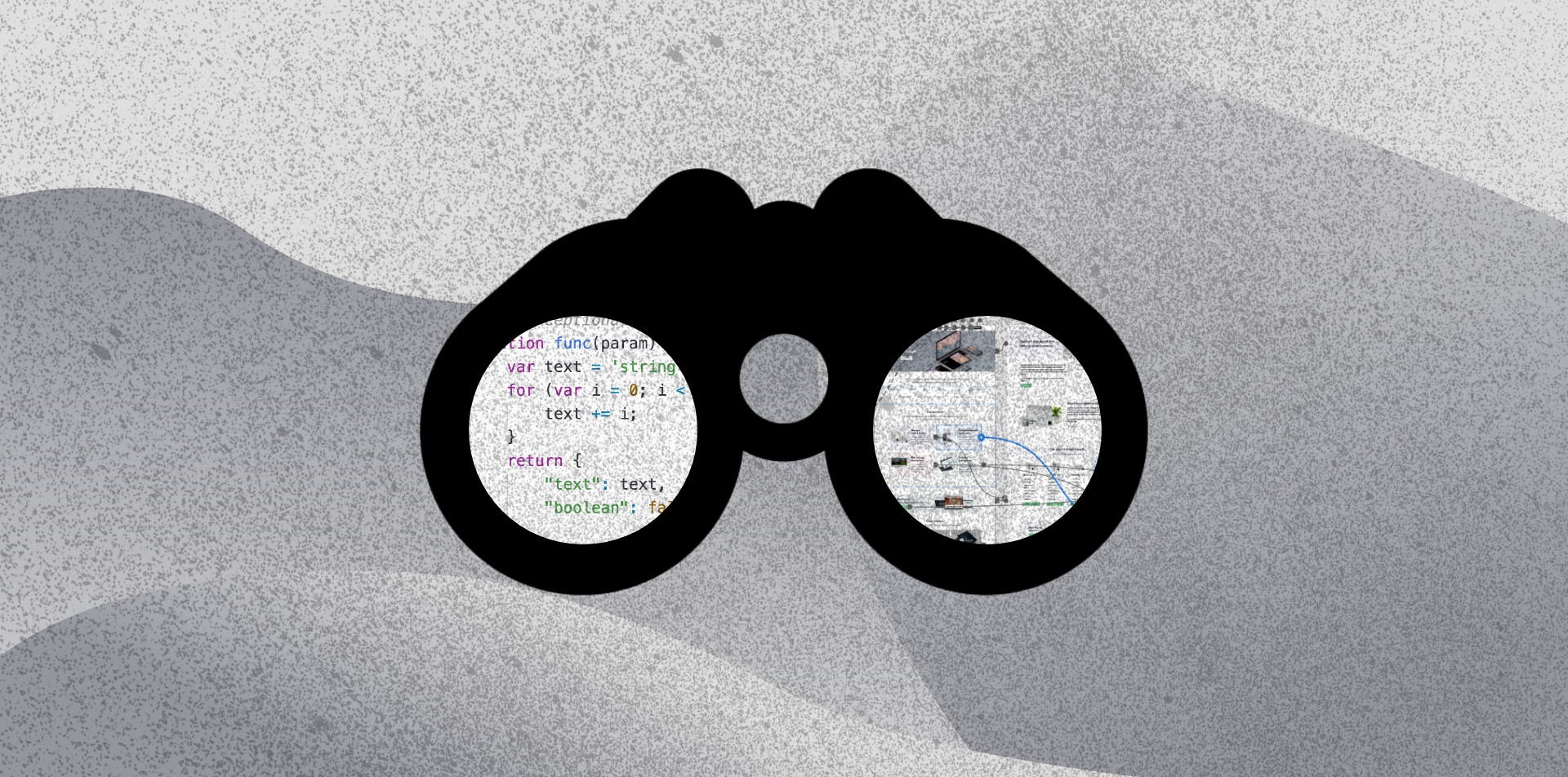
There is no one way of doing things. In addition to “just doing your job”, now one has to be able to understand, adapt, and change quickly in an ever-evolving environment. In the technology world, a bona fide example of this is how engineer and design teams have to work together to build a perfect puzzle since both teams are crucial pieces of it.
However, in a dynamic work environment with deadlines after deadlines, taking the time to actually build a beneficial relationship between teams can be a bit of a struggle. Although, when the right method is found, designers and engineers are a strong alliance, equipped to solve the most complex problems.
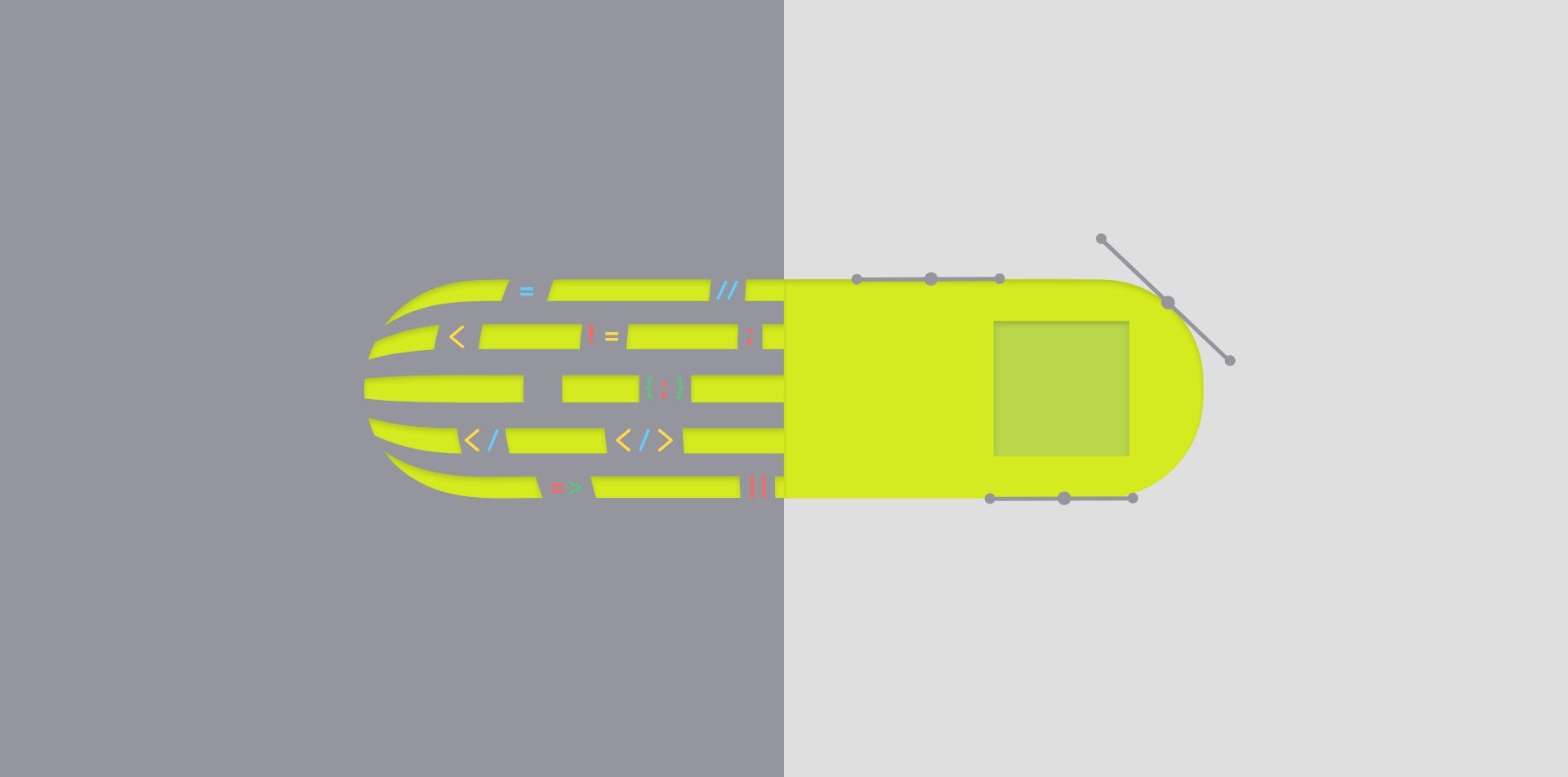
Creating synergy between design and engineering
In the early software design days, or in “more traditional” software development methods, the design is completed before development begins. With this approach, it means that everything has to be right when delivered since changes get more costly after development begins and it would only cause dissatisfaction for both teams. So to better understand and to make the whole design process more accessible, engineers should facilitate this part of it.
When asked about their experience in working with engineers, our design team lead Shkumbin Maxhuni summed it up into the following: “Would you start building a house without a plan? That’s how it feels if one tries to build a digital product without a clear vision and a user flow. When trying to develop a successful product, both teams are very important. The key is having a clear understanding of the vision, goals, planned process of a project, decisions, and changes by both parties so that both engineers and designers can contribute to how they think the customer can be best served.”
Nowadays, engineering and design teams are working together on different methodologies to help increase team performance, improve customer satisfaction and increase project versatility. This way, they are able to respond to market dynamics and complete more of their projects successfully.
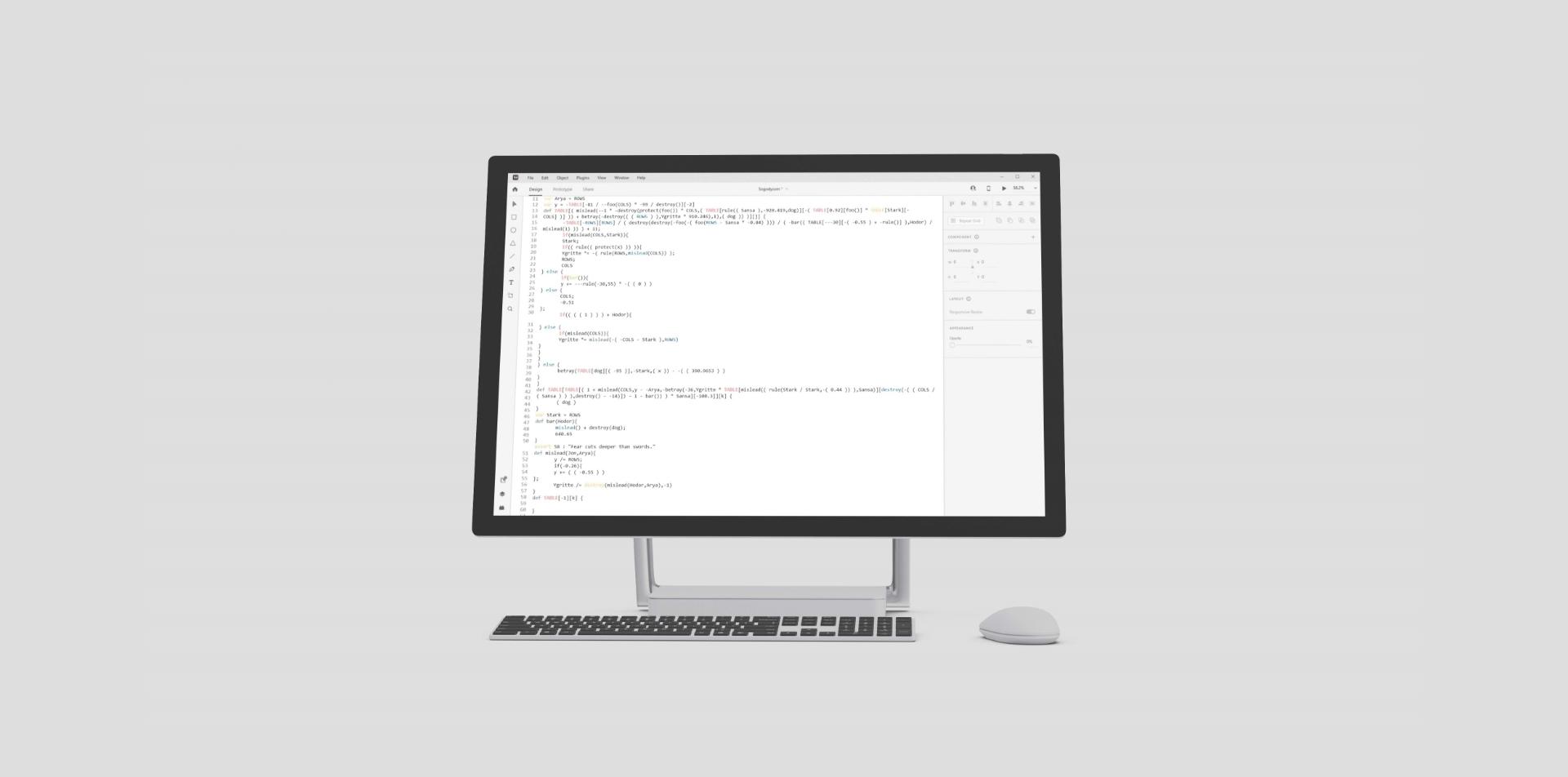
The how-tos and to-dos of creating a bond between engineer and design teams
First, let’s talk about the elephant in the room. A poor relationship is always caused by a lack of communication. So before we break down any other tip, the key to creating a dream team between engineers and designers is to communicate.
Now, let’s mention less obvious tips on how to better this relationship.
Start simple - Sometimes, frustration starts from a minor misunderstanding. To save time, eliminate confusion, and increase credibility always make sure to use the same terminology.
“Show and tell” - Giving live feedback to one another, whether be it on how the design should be implemented or why a design feature can be hard to implement, might sound simple to one team but confusing to the other. Therefore, showing more than telling is important. This means demonstrating with dynamic prototypes rather than static screenshots and/or just trying to explain it with words.
Get engineers involved early - any idea an engineer has to help with the design of a project is often dismissed, and designers are assumed to have no knowledge of how to actually solve the problems that they think of. Cross-discipline collaboration and knowledge sharing are key. Involve the engineering team in key product steps like user research or ideation sessions.
Use the right tools - Engineers need to be able to extract specs, behaviours, and assets from the design file. It’s worth considering a design tool that enables them to do this independently and conveniently.
One source - decide on one source where every team member can post and check out deliverables, this way you save time and a lot of back and forth communication.
A solid design process includes, informs, and pushes members of both teams in the same direction. We can only hope that you’ve learned some new ideas and got some tips that you can practice at your company. And remember to always engage with your team members early on, sit in on each other’s meetings, listen to different viewpoints and use technology to bring you all together.
Share with your network
Latest updates
The space to share experiences, engage and learn from the Sogody team. Join the conversation by contacting us.

